"Coastal people, places and scenery between Vancouver Island and the mainland. Includes footage of pictographs, marine life, logging operations, other vessels, etc." British Columbia Archives.
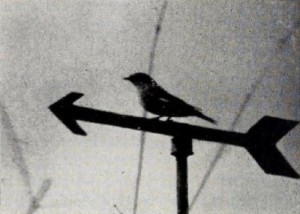
"Emma L. Seely's patience, good judgment and technical skills have made Out of Door Life in Ohio an amateur accomplishment of major importance. Her interest in her subject illuminates this well authenticated and minutely documented study of the bird life, in particular, and flora and fauna generally in her native state. Mrs. Seely's sure and expert grasp of cinematographic problems in nature filming made the successful recording of her beloved subjects possible. Finally, her able organization of the resulting footage made for a presentation at once impressive, informative and entertaining." Movie Makers, Dec. 1951, 410.
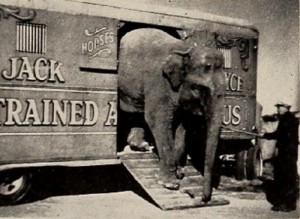
"What happens behind the scenes is always of interest to curious people — and most of us are curious. Remembering the delighted boys who sometimes get odd jobs in the backyard of the circus, Guy Nelli elected to let us see what they have seen, in Outside the Big Top. Not once are we shown the performance for which the whole effort is made, since Mr. Nelli very properly stays outside with his camera. Beginning with interesting and well filmed scenes of the circus in its early morning arrival, Mr. Nelli shows us how the Big Top is set up and carries us along until the show has ended. Odds are that he is a persuasive talker as well as a fine movie maker, because he got some of the best portrait and "candid" scenes of the performers that one will meet in many a day." Movie Makers, Dec. 1945, 496.
"In Pattern of Living we are told how life on this earth probably began. Most likely it started after the upheaval of the sun 5,000 million years ago. Algae and animacules were perhaps the first forms of life, to be followed by the vegetable, and later the worm which was the forerunner of insects as we know them today. Clorophyll, the narrator explains, is responsible for combining water with sunlight to produce sugar that gives energy. Much of the film was shot through a microscope and some animation is used" PSA Journal, Sept. 1965, 51.
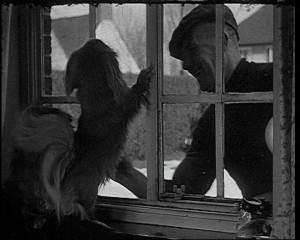
"Film of two Pekinese dogs at home and in the country, detailing their development as they age. Set in the garden and the home of Laurie and Stuart Day, as well as in surrounding countryside, the film makes use of seasonal changes to record the ageing of two Pekinese dogs" (EAFA Database).
"Pets, 350 ft., 16mm., filmed by Dr. F. S. O'Hara, won its position on the list of special mention because of the many remarkably well composed closeups of family pets that it contains and because of the cameraman's patience and skill in securing many delightfully natural bits of action. Included in the film is a sequence of a cat and dog playing together. The film offers much grace and photographic beauty as well as that amazing attractiveness animals always possess on the screen." Movie Makers, Dec. 1931, 686.
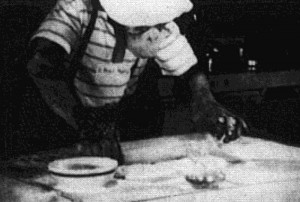
"J. Fred Muggs, a chimpanzee, undertakes to make and bake a pizza pie, and then eats it. Mr. Muggs at work may remind some of us of one or more events in the hazy past. He goes at the pie making with considerable proficiency although he is a bit of a comic. Like many cooks, he samples the ingredients as he works. Laughs enough for all" PSA Journal, Oct. 1961, 49
"In the pond, many things are stirring - freshwater earthworms, and tiny aquatic creatures known as infusoria and daphnia. This remarkable amateur scientific documentary investigates microbes in a drop of pond water as seen through a microscope. The film was made by using a binocular eyepiece developed specifically for the purpose, and won many awards." (BFI Player)
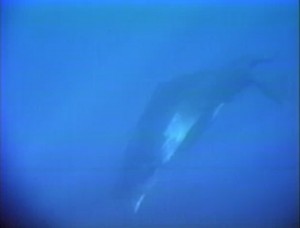
"The story of a three-day whale watching trip in July 1991 from Gloucester, Massachusetts, USA, 100 miles out into the Atlantic Ocean to Georges Bank, to find and film sperm whales and six other species of cetaceans (whales, dolphins, and porpoises), including the never-before-filmed North Atlantic Beaked Whale. Filmed and narrated by Dr. Robbins Barstow of Wethersfield, Connecticut, USA." Archive.org
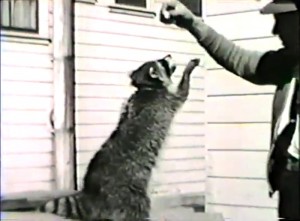
"An amateur film about a raccoon." Center for Home Movies.
Total Pages: 19